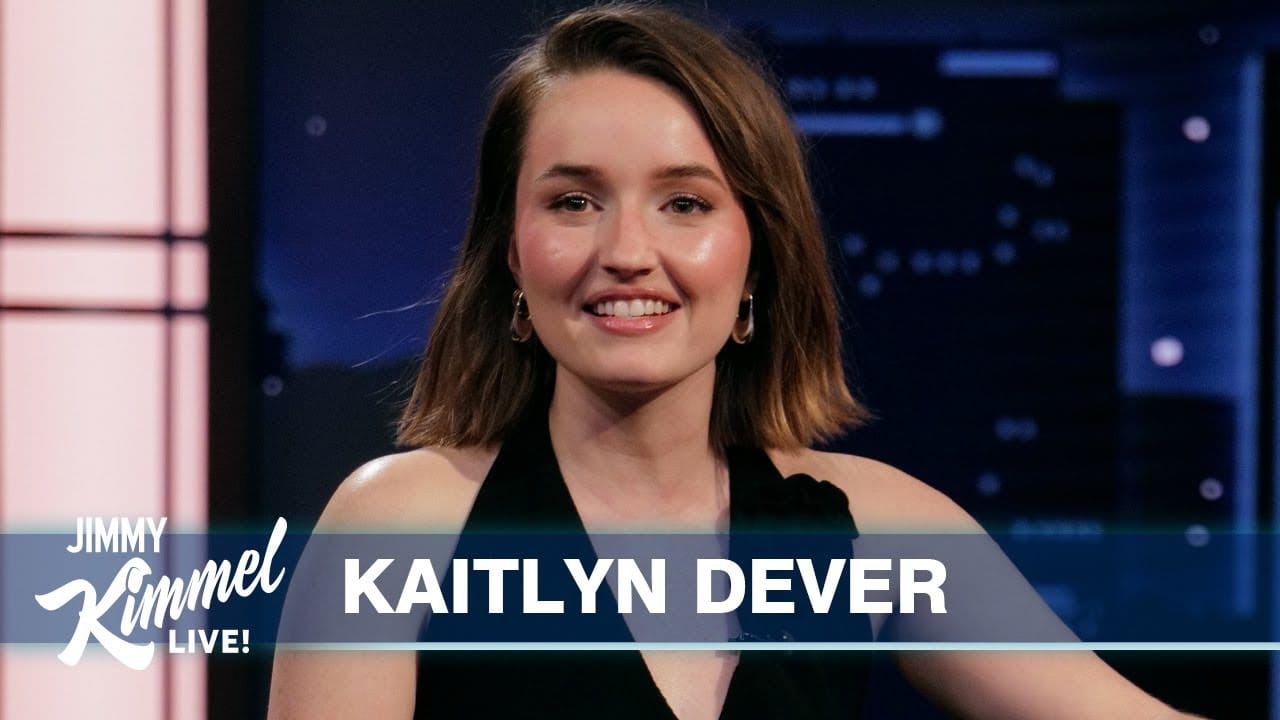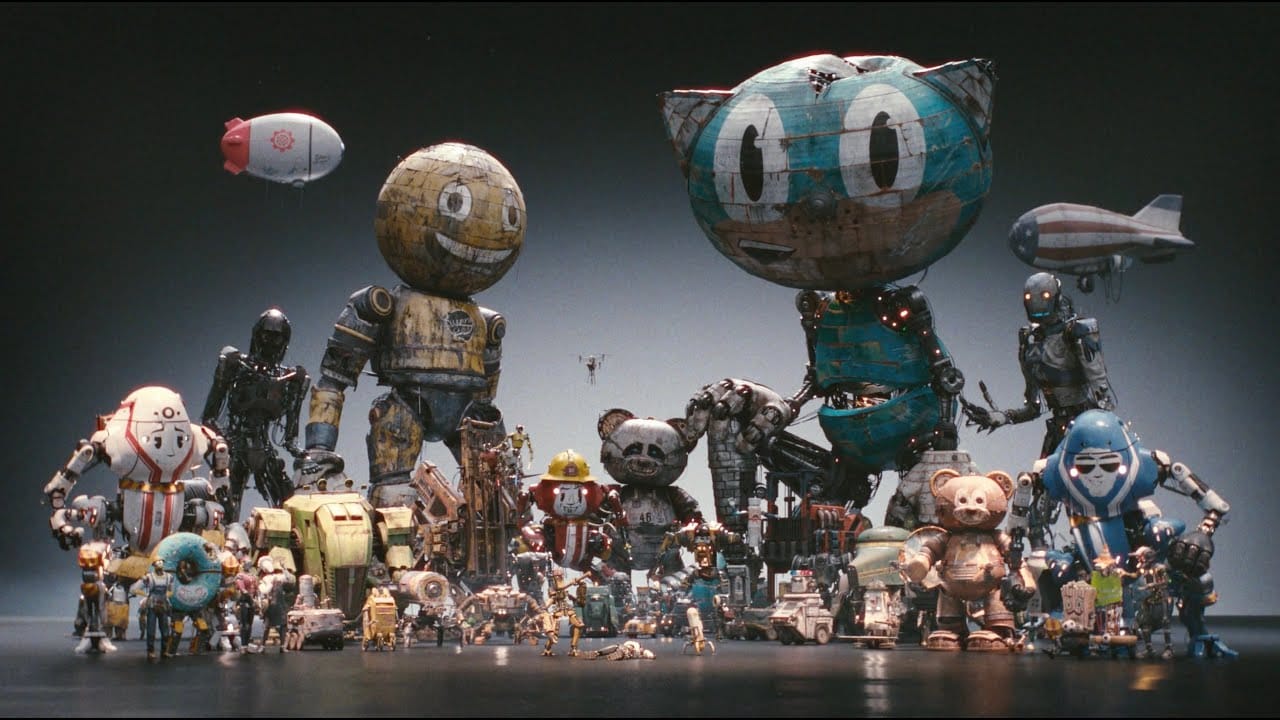
Overall, visual effects salaries have increased over the years. In recent years, the demand for visual effects has been growing across various industries, including film, television, advertising, and gaming. This has led to an increased need for skilled visual effects artists, which has driven up salaries and rates in many cases.
However, it’s important to note that salaries and rates can vary significantly depending on various factors such as experience, location, industry, and employer. Some areas may have experienced slower growth in salaries compared to others, and some specific job roles may have seen more significant growth than others. Additionally, the COVID-19 pandemic has had an impact on the visual effects industry, and its effects on salaries and rates may vary depending on the region and industry.
Expected Salary Ranges
Currently, the trend in the visual effects industry has been towards increasing salaries and rates, but there may be some variation depending on the specific circumstances.
According to data from the Visual Effects Society (VES), the hourly rate for junior level visual effects artists in the United States in 1995 was approximately $10 to $20 per hour. As of 2021, the hourly rate for junior level visual effects artists had increased to approximately $25 to $40 per hour, representing an increase of approximately 125% to 100% over the past 26 years.
For senior level visual effects artists, the hourly rate in 1995 was approximately $25 to $50 per hour, while in 2021, the hourly rate was approximately $80 to $150 per hour, representing an increase of approximately 220% to 200% over the same period.
It’s important to note that these figures are general averages and do not account for inflation or differences in specific industries, locations, or job types. Additionally, rates can vary significantly within specific industries or job types, depending on factors such as experience, education, location, and employer.
Here’s a brief description of each job and their responsibilities in the visual effects industry:
- Junior Compositor: A junior compositor is an entry-level position that involves assembling and manipulating visual elements from various sources, such as live-action footage and computer-generated images (CGI). They work under the supervision of a senior compositor and are responsible for tasks such as rotoscoping, keying, tracking, and basic color correction.
- Mid-Level Compositor: A mid-level compositor is a more experienced compositor who has a greater understanding of the technical and creative aspects of compositing. They work independently or as part of a team to create seamless visual effects shots, including complex composites, digital set extensions, and 3D integration.
- Senior Compositor: A senior compositor is an experienced compositor who has a deep understanding of compositing techniques and software. They are responsible for the most challenging compositing tasks and oversee the work of junior and mid-level compositors.
- 3D Generalist: A 3D generalist is a versatile artist who can work in multiple areas of 3D production, including modeling, texturing, lighting, and animation. They create and integrate 3D elements into live-action footage or produce fully CGI shots.
- 3D Animator: A 3D animator is responsible for creating movement and performance for characters, creatures, and other objects in 3D space. They work closely with the animation director to ensure that the animation meets the creative vision of the project.
- Matte Painter: A matte painter creates digital backgrounds and environments that are integrated into live-action footage or used as stand-alone shots. They use a combination of 2D and 3D techniques to create detailed and realistic environments.
- Roto Artist: A roto artist is responsible for creating precise mattes around objects or characters in live-action footage to separate them from the background. These mattes are then used for compositing or digital manipulation.
- Motion Graphics Artist: A motion graphics artist creates animated or static graphics that are integrated into live-action footage or used as stand-alone shots. They use a combination of 2D and 3D techniques to create visually engaging graphics that help to tell the story.
- Visual Effects Supervisor: A visual effects supervisor oversees the creative and technical aspects of visual effects production. They work closely with the director and other key creatives to ensure that the visual effects serve the story and are executed to the highest standards.
- Pipeline Developer: A pipeline developer creates and maintains the software and tools used in visual effects production. They work closely with other technical artists to ensure that the production pipeline is efficient and effective, and they also troubleshoot technical issues as they arise.
Non-Union Rates:
- Junior Compositor: $20-$35 per hour
- Mid-Level Compositor: $35-$60 per hour
- Senior Compositor: $60-$100+ per hour
- 3D Generalist: $40-$75 per hour
- 3D Animator: $35-$75 per hour
- Matte Painter: $40-$80 per hour
- Roto Artist: $20-$35 per hour
- Motion Graphics Artist: $40-$75 per hour
- Visual Effects Supervisor: $100-$200+ per hour
- Pipeline Developer: $50-$100 per hour
Union Rates:
- Junior Compositor: $38-$45 per hour
- Mid-Level Compositor: $50-$65 per hour
- Senior Compositor: $70-$85 per hour
- 3D Generalist: $50-$65 per hour
- 3D Animator: $50-$65 per hour
- Matte Painter: $50-$70 per hour
- Roto Artist: $38-$45 per hour
- Motion Graphics Artist: $50-$65 per hour
- Visual Effects Supervisor: $150-$250+ per hour
- Pipeline Developer: $80-$100 per hour
What to Expect
Please keep in mind that these rates are only approximate and can vary depending on factors such as location, experience, and project budget. Additionally, rates may vary between different unions or associations within the visual effects industry. It is always best to consult with a professional in the industry for the most up-to-date and accurate information.



